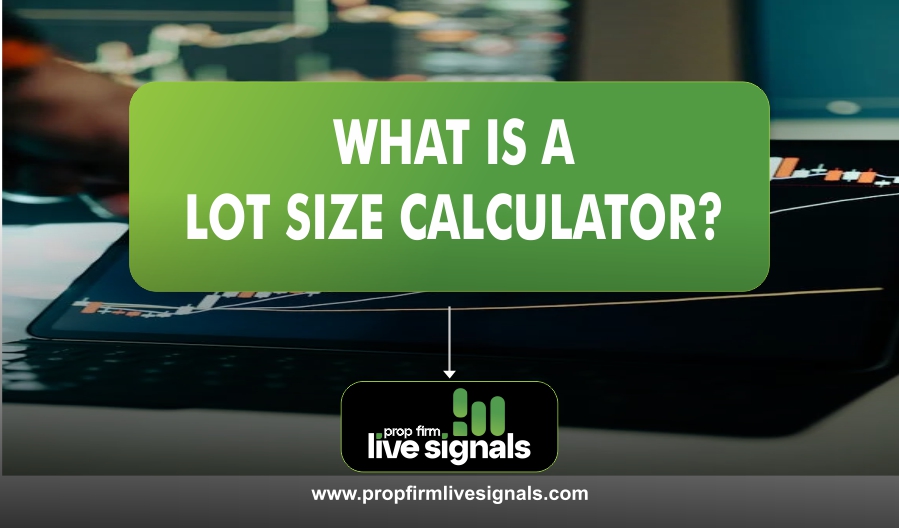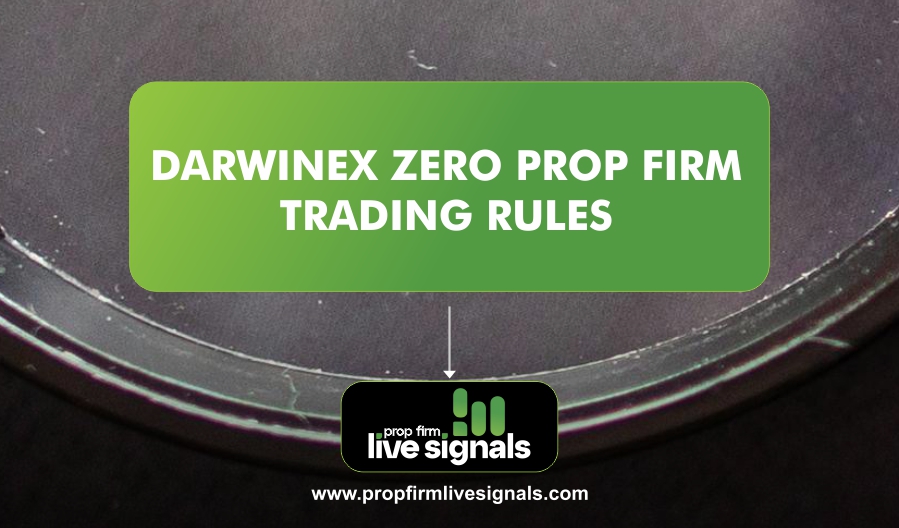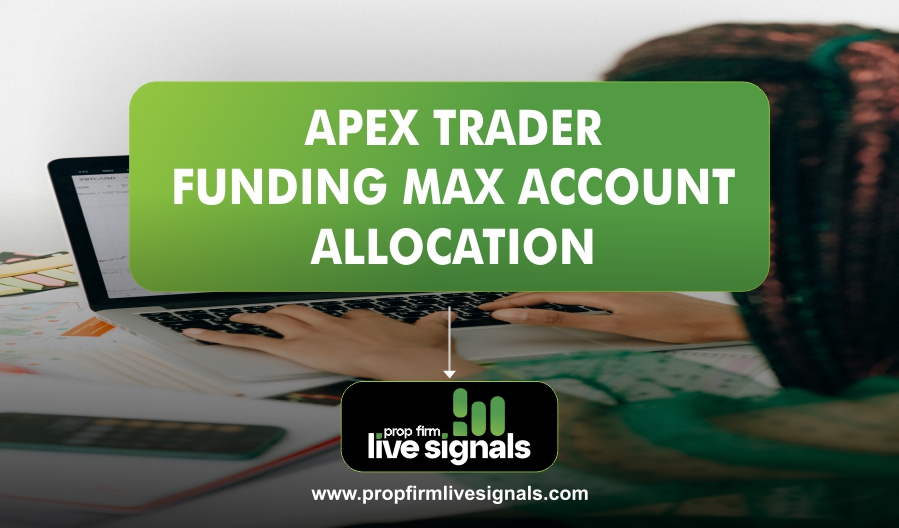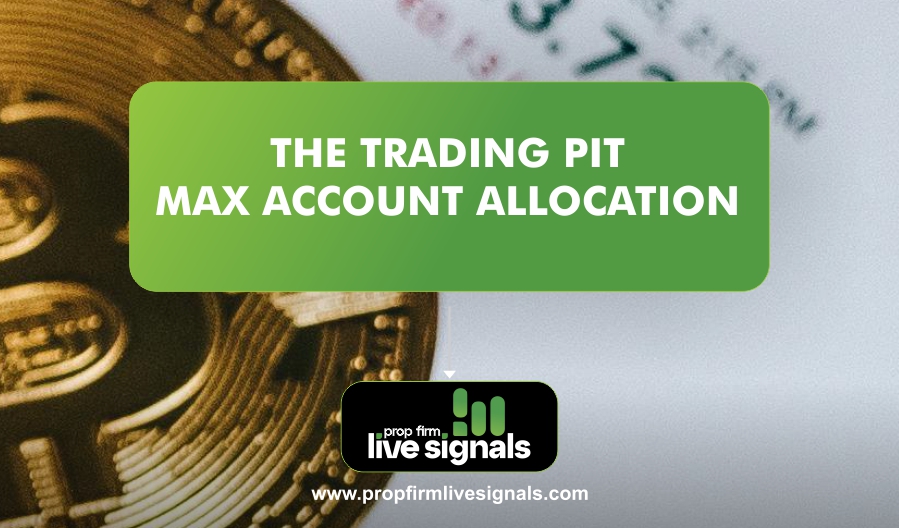What is Lot Size?
Lot size refers to the quantity of assets you are buying or selling in any given trade or investment.
In Forex (Foreign Exchange) trading, a lot is the standard unit of measurement for a currency pair, and it is used to determine the position size in the market. There are different types of lot sizes:
- Standard Lot: 100,000 units of the base currency.
- Mini Lot: 10,000 units of the base currency.
- Micro Lot: 1,000 units of the base currency.
- Nano Lot: 100 units of the base currency (though not commonly used by many brokers).
In stock trading, lot size refers to the number of shares you are buying or selling in a particular transaction.
The correct lot size is crucial because it directly affects your potential risk and reward in any trade.
What is a Lot Size Calculator?
A Lot Size Calculator is a tool that helps traders and investors determine the optimal amount of assets to trade based on several key factors, such as:
- Account balance
- Risk tolerance
- Stop-loss level
- Asset volatility
- Trade type
The calculator uses these inputs to calculate the lot size, i.e., the number of units or shares you should trade to align with your risk management strategy.
For example, in Forex trading, it helps you figure out how much of a currency pair to trade based on how much risk you are willing to take on a single trade. If you have a $10,000 account and you are willing to risk 2% of your account per trade, it will determine how much you should trade to stay within that risk tolerance, depending on your stop loss level.
How Does a Lot Size Calculator Work?
A Lot Size Calculator typically works based on basic mathematical formulas that use the trader’s inputs. Here’s a simplified version of how it works:
- Risk Tolerance: You input the percentage of your total account balance that you are willing to risk (e.g., 2%).
- Trade Size: The calculator then uses the risk tolerance and the size of the stop loss (in pips or points) to determine the lot size.
- Position Size: Based on the calculations, the calculator tells you the appropriate position size (how many lots) for your trade, ensuring that your risk is within your acceptable level.
Why is a Lot Size Calculator Important?
1. Risk Management
The main benefit of using a lot size calculator is to help manage risk. Many traders risk too much on a single trade, which can lead to large losses. By using it, you can ensure that you are risking only a small percentage of your total account on each trade.
2. Prevent Over-Trading
Lot size calculators prevent traders from overtrading by helping them stick to their risk management rules. If you calculate the appropriate position size based on your risk tolerance, you avoid taking on too much exposure, which could lead to emotional decision-making.
3. Improves Profitability
By calculating the optimal lot size, traders can make better decisions that align with their risk-reward ratio. Over time, managing your risk more effectively leads to more consistent returns.
4. Accurate Trade Planning
It also helps traders plan their trade execution more accurately. Since the calculator provides a clear framework, you can structure your trades in a way that is based on a sound risk management strategy.
5. Saves Time and Reduces Mental Effort
Its often pre-programmed with various formulas, making it faster and more convenient than manually calculating your position size. This helps traders focus on their strategy rather than spending time on repetitive calculations.
How to Use a Lot Size Calculator?
Here’s a step-by-step guide on how to use a lot size calculator effectively:
- Choose Your Trade Type: Select the market you’re trading in (e.g., Forex, stocks, commodities) and the currency pair or stock you plan to trade.
- Set Your Account Size: Enter the total amount of funds available in your trading account. This is the starting point for calculating position size.
- Set Your Risk Percentage: Define how much of your account balance you are willing to risk. Common values are 1% to 3%, but this varies based on the trader’s individual preferences.
- Set Your Stop-Loss Distance: This refers to how far from the entry point your stop-loss will be placed, usually measured in pips (for Forex) or percentage (for stocks).
- Get Your Lot Size: The calculator will then display the recommended lot size based on the values you have entered, helping you adjust your position according to your risk tolerance.
Key Features of a Good Lot Size Calculator
When choosing a lot size calculator, there are some key features to consider to make sure it suits your needs:
- Customizable Inputs: The calculator should allow you to customize inputs such as account size, risk percentage, stop-loss distance, and currency pair.
- Compatibility: It should be compatible with the trading platform or market you’re using (e.g., Forex, crypto, stocks).
- Accurate Calculations: A good calculator should provide accurate position size recommendations based on real-time market conditions.
- Simplicity: The interface should be easy to use, especially for beginners. Complex or confusing calculators can lead to errors in trade execution.
Lot Size Calculator Examples for Different Markets
1. Forex Market
In Forex trading, the lot size calculator helps determine how much of a currency pair to trade, given your risk tolerance and stop-loss level. For instance, if you’re trading EUR/USD and have a $10,000 account balance, willing to risk 2% per trade, and set a 50-pip stop loss, the calculator would suggest the exact number of lots to trade.
2. Stock Market
In stock trading, a lot size calculator helps you determine how many shares to buy or sell, based on your risk management rules. For example, if you’re buying 100 shares of Apple stock at $150, and you want to risk 2% of your $10,000 account on a 5% loss, the calculator would suggest how many shares you should trade to stay within that risk.
3. Crypto Trading
For cryptocurrency markets, the lot size calculator works similarly, helping you determine how many coins to buy or sell while keeping your risk in check. Given the high volatility of cryptocurrencies, position size calculation is particularly important here.
Frequently Asked Questions (FAQs)
What is the best lot size for my trades?
The best lot size depends on your account balance, risk tolerance, and the volatility of the asset you’re trading. As a general rule, you should risk no more than 1% to 2% of your total account on each trade.
Can a lot size calculator help with position sizing in other markets?
Yes, while lot size calculators are commonly used in Forex trading, they can also be applied to stock, options, and cryptocurrency markets, depending on the type of asset and market conditions.
How accurate is a lot size calculator?
A lot size calculator is highly accurate as long as the inputs are correct. However, you should always double-check your values (such as stop-loss and account balance) before executing any trade.
How do I calculate lot size manually?
To calculate lot size manually, use the formula: Lot Size = (Account Balance x Risk Percentage) / (Stop-Loss in Pips x Pip Value) This can be complex and time-consuming, which is why a lot size calculator is often preferred.
Is a lot size calculator free to use?
Yes, most lot size calculators are available for free on various trading websites, broker platforms, and even as standalone tools.
Can I trust an online lot size calculator?
Yes, as long as it is from a reputable source. Many brokers and trading platforms offer reliable calculators that use industry-standard formulas.
How often should I use a lot size calculator?
It’s a good idea to use a lot size calculator for each new trade to ensure your position size aligns with your risk management rules, especially if you’re adjusting your stop-loss levels or account balance frequently.
Conclusion
A lot size calculator is an essential tool for any trader or investor who wants to manage their risk effectively. Whether trading Forex, stocks, or crypto, calculating the right lot size impacts your performance. It helps you risk only a small portion of your capital, crucial for long-term success. Understanding position sizing ensures consistency and minimizes losses. Use a lot size calculator for informed, calculated trades.




